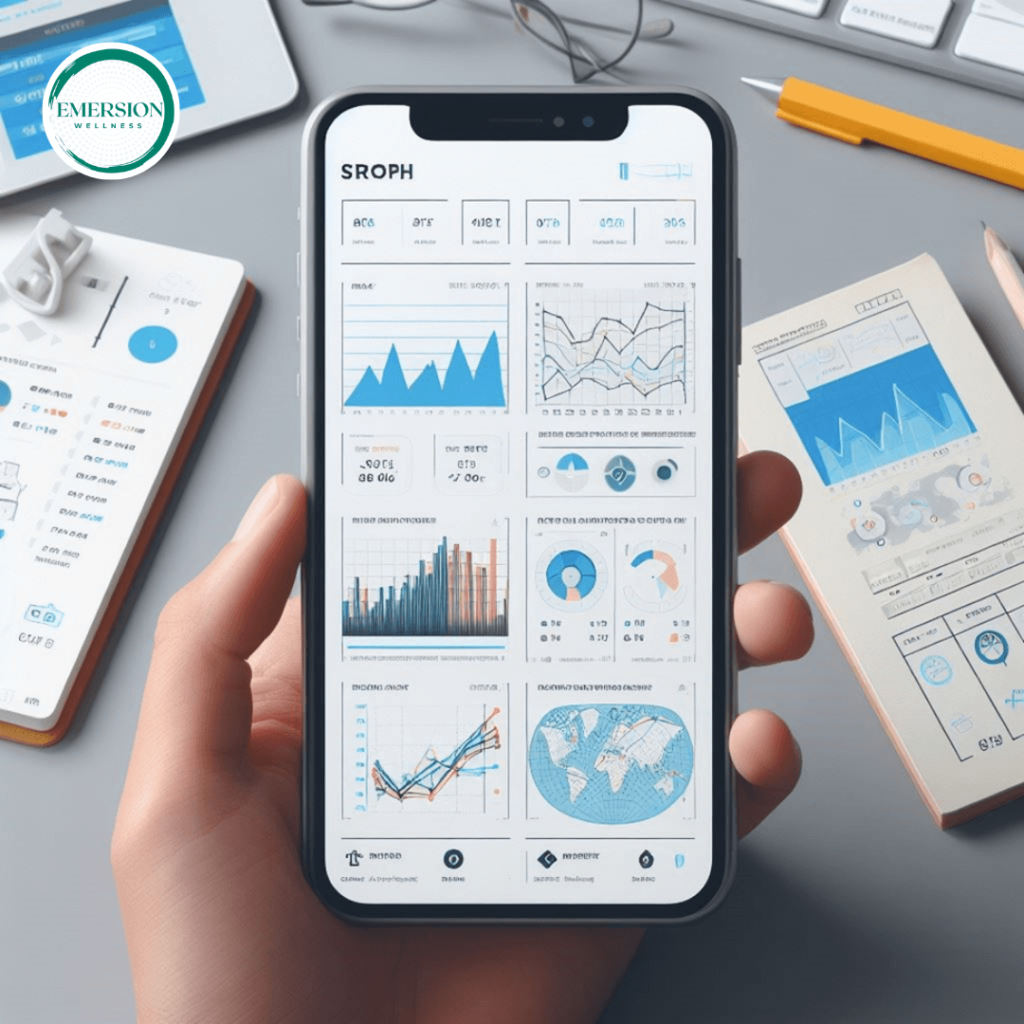In the hotel industry, success depends on having your finger on the market's pulse. Access to accurate, real-time performance data provides a competitive edge. STR reports have become the gold standard, delivering the intelligence needed to benchmark, forecast, price strategically, and maximize revenue.
But for those new to hospitality, STR remains shrouded in some mystery. What exactly are STR reports? How do hotels utilize them? What specific insights do they reveal? This article will demystify STR and outline how these indispensable data tools contribute to success in the hotel sector.
Ultimately, one will understand how to harness STR insights to drive optimal pricing, positioning, and profits.
Let's explore how top properties leverage this critical resource.
Table of Contents
Key Takeaways
- STR provides benchmarking data on occupancy, ADR, RevPAR, demand, and segmentation
- Hotels use STR reports to compare against comp set and inform pricing strategy
- Granular market intelligence enables accurate forecasting and budgeting
- STR identifies high-performing segments and opportunities
- Expert revenue management consultancies guide optimizing STR data
Defining Hotel STR Reports
STR stands for Smith Travel Research. They compile hotel performance data globally across chains, brands, and independent properties. STR gathers daily metrics directly from hotels as well as central reservations systems.
The core reports provide occupancy, ADR, RevPAR, and demand data segmented by market, category, and competitor set. This enables precise benchmarking analysis for hotels.
Comparing your property's STR data against the market and direct competitors illuminates where you excel or fall short. The granular intelligence fuels data-driven pricing, positioning, and performance improvement decisions.
Key Insights Revealed By STR Reports
Let's explore some of the indispensable insights that STR reporting provides hotel revenue managers:
- Overall Performance Data: Primary metrics like occupancy rate, ADR, and RevPAR for a property versus competitors. This identifies market positioning.
- Granular Segment Data: Metrics segmented across room types, market segments, distribution channels, etc. Spot high-value customer targets.
- Historical Trends: Data tracking over the years reveals seasonal and long-term trends to guide forecasting.
- Benchmarking Visibility: Compare to more comprehensive industry metrics and recognized competitor sets. Gauge where your hotel stands.
- Demand Patterns: Demand intelligence determines compression nights, need adjustment periods, etc.
- Group/Convention Intelligence: Insights on group/convention business pace and value on books assist planning.
Occupancy - Understand Guest Volume
The occupancy metric shows the percentage of available rooms sold over a period. High occupancy means heavy guest volume. Low indicates excess capacity.
Comparing occupancy against other hotels and historical patterns informs pricing capabilities and needs to drive demand.
ADR - Track Rate Performance
ADR (average daily rate) measures average room revenue. ADR reveals rate integrity and brand value versus competitors. ADR drives RevPAR growth.
Optimizing STR Data for Pricing Strategy
The breadth of intelligence within STR reports empowers hotels to employ data-driven pricing strategies.
- Compare Segments/Categories: Analyze metrics across segments, room types, etc. Tailor rates for optimal yield based on value.
- Forecast Demand: Use historical trends and occupancy data to predict and meet demand at ideal rates accurately.
- Monitor Competitors: Track competitor performance to benchmark and respond quickly to market rate shifts.
- Identify Compression Days: High occupancy signals dates to increase ADR given limited capacity.
- Spot Value Gaps: Weak performance metrics pinpoint areas needing rate adjustments or marketing focus.
No hotel can afford to fly blind on performance. The insights uncovered in routine STR report analysis enable revenue managers to optimize pricing for market conditions and drive RevPAR.
Applying STR Data for Hotel Budgeting
The rich analytics within STR reports also enable accurate financial planning. Metrics inform data-backed budgets and forecasts versus guesswork:
- Analyze Previous Budgets vs. Actuals: Review historical budget variances and performance comps to craft realistic plans.
- Establish Performance Goals: Use metrics and trends to develop an accurate picture of pace, occupancy, ADR, and RevPAR goals.
- Forecast RevPAR: Based on your STR data, project occupancy, and ADR by market segment throughout the year.
- Monitor Progress: Compare budgeted metrics versus actuals through ongoing STR reports. Quickly adjust.
- The granular insights derived from STR provide the foundation for solid annual budgets, leading to stellar financial results.

Partnering With Revenue Management Experts
Yet it's crucial hotels don't go it alone when leveraging the power of STR. Partnering with revenue management consultants brings proven expertise.
Firms like Emersion Wellness offer revenue solutions relied upon by leading properties worldwide. Their teams understand how to harness STR data to optimize strategy and profits.
Emersion Wellness provides custom advisory, performance analysis, technology implementation, and training to maximize STR effectiveness. Contact them today to amplify your success.
Conclusion
STR reports contain the insights needed to thrive—from optimizing room rates to planning budgets. Without leveraging this granular market intelligence, hotels operate at a competitive disadvantage. Master the use of STR data to drive strategy, positioning, and growth with guidance from revenue management experts. The numbers don't lie. When armed with STR, the hospitality sector unlocks immense potential.
FAQs
-
Q: What does STR stand for in the hotel industry?
STR stands for Smith Travel Research. They are the leading global provider of hotel performance benchmarking data and analytics. STR provides insights for chains, brands, independents, and more.
-
Q: What key metrics do STR reports include?
The core metrics in STR reports are occupancy rate, ADR (average daily rate), and RevPAR (revenue per available room). These provide critical insights into guest volume, pricing, and revenue. STR also reports segment data by market, hotel category, competitor set, room type, distribution channel, demand periods, and more. Having granular performance intelligence enables tailored decision-making.
-
Q: How do hotels use STR reports?
Hotels utilize STR reports in many strategic ways. Comparing your property's metrics against the market and competitor sets helps benchmark positioning and opportunities. The data assists with forecasting and budgeting for future periods. It allows monitoring of pricing performance and high-value segments. Tracking metrics over time informs pricing adjustments, marketing initiatives, and other revenue management decisions. STR data powers a hotel's ability to optimize strategy and profits.
-
Q: How often are STR reports provided?
One of the benefits of STR reports is the frequency of updates, providing both real-time and long-term insights. Information can be generated daily, weekly, monthly, quarterly, and annually. Daily updates enable hotels to respond quickly to market shifts. Longer-term reporting reveals seasonal and year-over-year performance trends for planning. Having a mix of granular and big-picture data is invaluable.
-
Q: What insights does occupancy data in STR provide?
Tracking occupancy rates through STR is critical for understanding guest volume patterns. High occupancy signals potential compression dates where room rates could be increased due to limited capacity. Low occupancy helps identify periods requiring promotions to stimulate demand. Comparing occupancy to previous years and against competitors' metrics aids forecasting and strategy.
-
Q: How does ADR data in STR inform hotel pricing strategy?
ADR (average daily rate) data reveals a hotel's room rate's health and perceived brand value versus competitors. If your ADR declines while competitors rise, that signals a need for pricing adjustments. When ADR outpaces competitors, a hotel may have the opportunity to increase rates further. Monitoring ADR via STR enables dynamically optimizing room rates based on market positioning.
-
Q: How do STR reports assist with budgeting?
The extensive performance data STR reports provide allows hotels to create accurate budgets without guesswork. Metrics on past occupancy rates, ADR, RevPAR, demand patterns, and more inform realistic forecasts. Hotels can budget room revenues, ancillary spending, staffing, and other expenses based on data-driven performance expectations for future periods.
-
Q: What is the benefit of benchmarking against STR data?
Having visibility into how your hotel's metrics stack up against recognized industry benchmarks and defined competitor sets is invaluable. If RevPAR lags industry averages, that indicates opportunities to improve performance. Outpacing the competitive set signals strategies are working. Benchmarking illuminates areas of strength to leverage and weaknesses to address.
-
Q: What expert guidance complements STR insights?
While STR provides indispensable data, hotels often benefit from partnering with revenue management consultants to optimize strategy. Firms like Emersion Wellness offer proven analytics frameworks, performance reporting, advisory services, and technology support to maximize a hotel's use of STR. Their revenue expertise amplifies profit results.
-
Q: How can hotels forecast demand using STR reports?
Granular historical occupancy rates and demand trends within STR reports allow hotels to predict future needs accurately. Analyze past occupancy by market segment over set periods to forecast compression dates and seasonal demand shifts. Apply any emerging patterns to estimate guest volume and set optimal pricing accordingly. The richer the data, the better hotels can anticipate demand.
Contact us for More information
Also Read: Which is the Best Revenue Management Software for Indonesian Hotels?

I'm Nathan Baws, a nutrition nerd, exercise and weight loss expert, and an unwavering advocate for good health. As the founder of Emersion Wellness, I'm passionate about crafting Seamless Weight Loss Programs to supercharge hotel revenue and transform lives. We've pioneered the World's First Plug & Play Weight Loss Programs for top hotels and resorts, sparking a wellness revolution. Beyond my professional journey, you'll often find me hiking, swimming, and riding the waves, embracing every moment in nature. Join me on this exhilarating journey towards diet, health and wellness.

